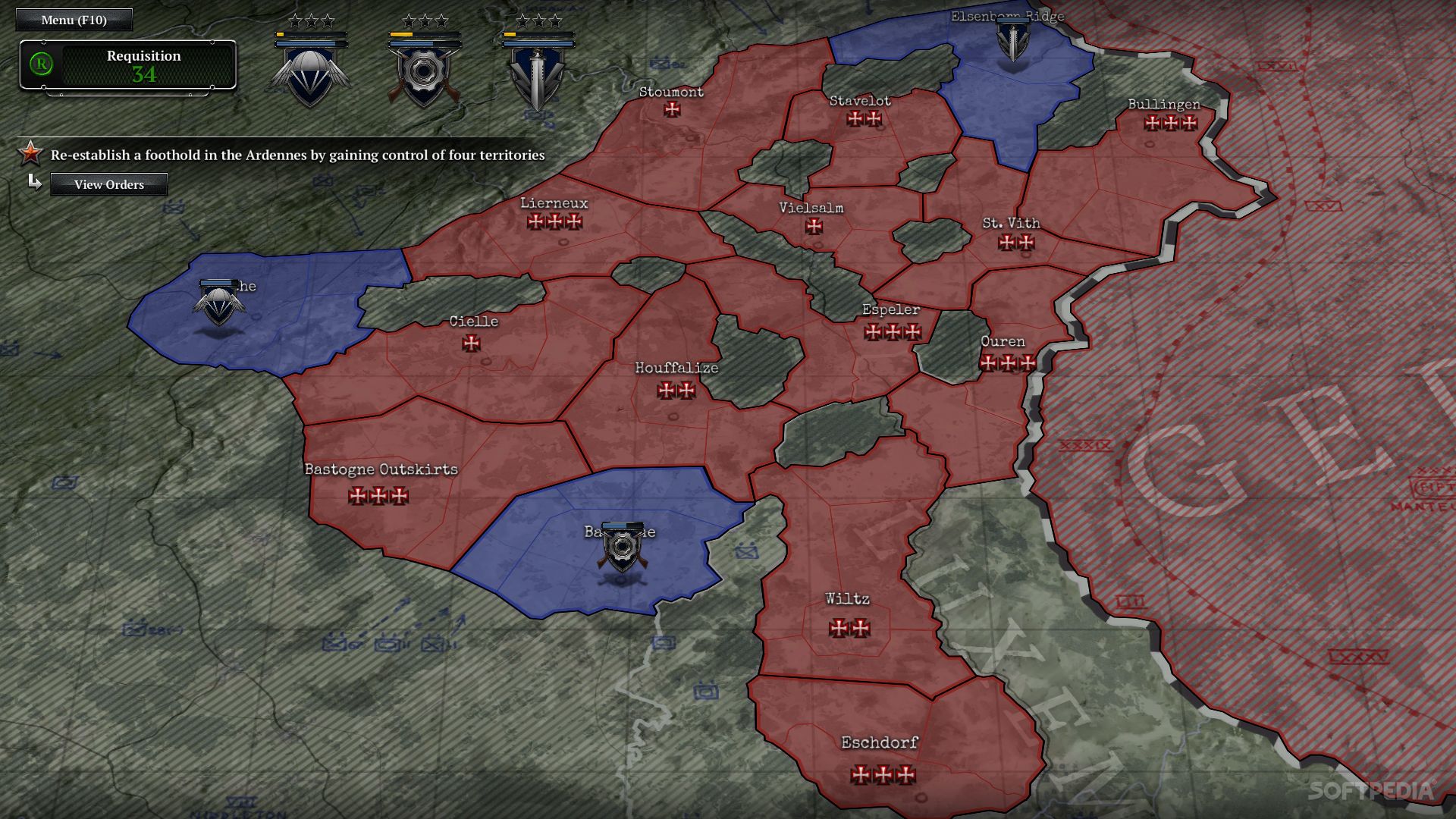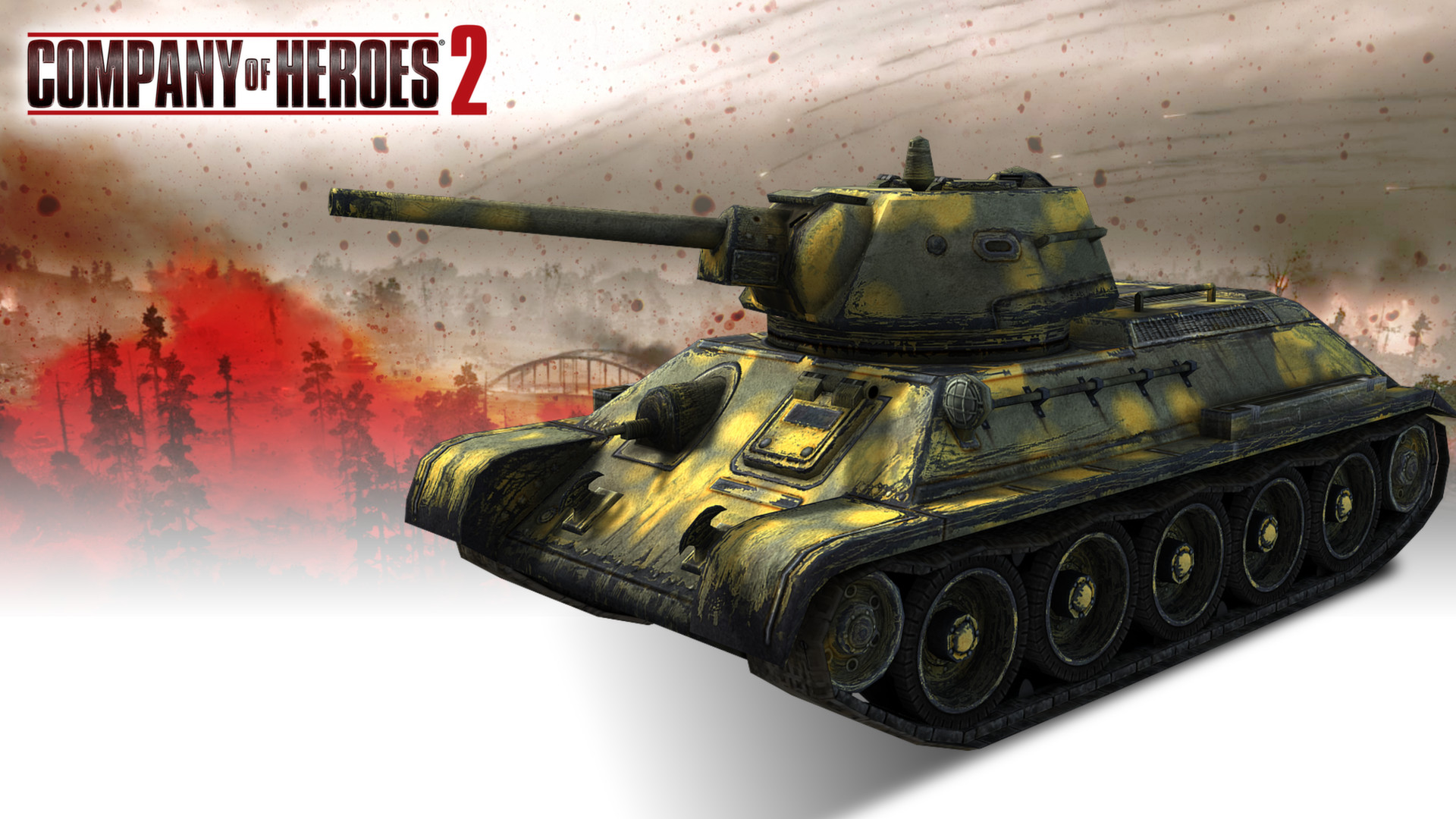
A similar gun was used in the lightly armored Hornisse (later known as Nashorn) tank destroyer, built at the same time. The Ferdinand was intended to supplant previous light panzerjägers, such as the Marder II and Marder III, in the offensive role. This precise long-range weapon was intended to destroy enemy tanks before they came within their own range of effective fire. It was therefore decided that the Porsche chassis were to be used as the basis of a new heavy panzerjäger, Ferdinand, mounting Krupp's newly developed 88 mm (3.5 in) Panzerjägerkanone 43/2 (PaK 43) anti-tank gun. Since the competing Henschel Tiger design was chosen for production, the Porsche chassis were no longer required for the Tiger tank project. Both the successful Henschel proposal and the Porsche design used the same Krupp-designed turret-the Henschel design had its turret more-or-less centrally located on its hull, while the Porsche design placed the turret much closer to the front of the superstructure. Porsche GmbH had manufactured about 100 chassis for their unsuccessful proposal for the Tiger tank, the " Porsche Tiger", in the Nibelungenwerk factory in Sankt Valentin, Austria.


184.ĭevelopment history Porsche's pre- Elefant, turreted Tiger I prototype The official German designation was Panzerjäger Tiger (P) and the ordnance inventory designation was Sd.Kfz. In January to April 1944, Ferdinands received modifications and upgrades. Ninety-one units were built in 1943 under the name Ferdinand, after its designer Ferdinand Porsche, using VK 45.01 (P) tank hulls produced for the Tiger I tank design abandoned in favour of a Henschel design.

The Elefant ( German for " elephant") was a heavy tank destroyer used by German Wehrmacht Panzerjäger during World War II.


 0 kommentar(er)
0 kommentar(er)
